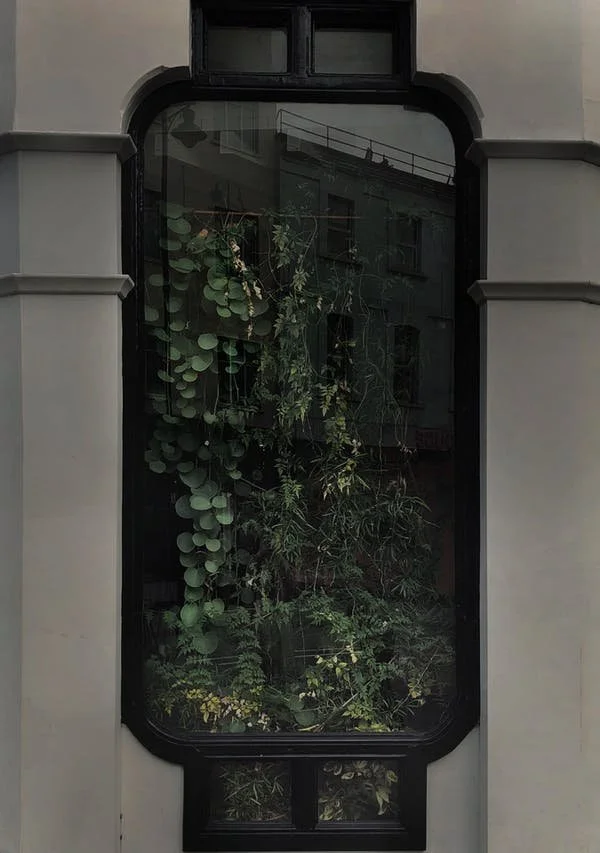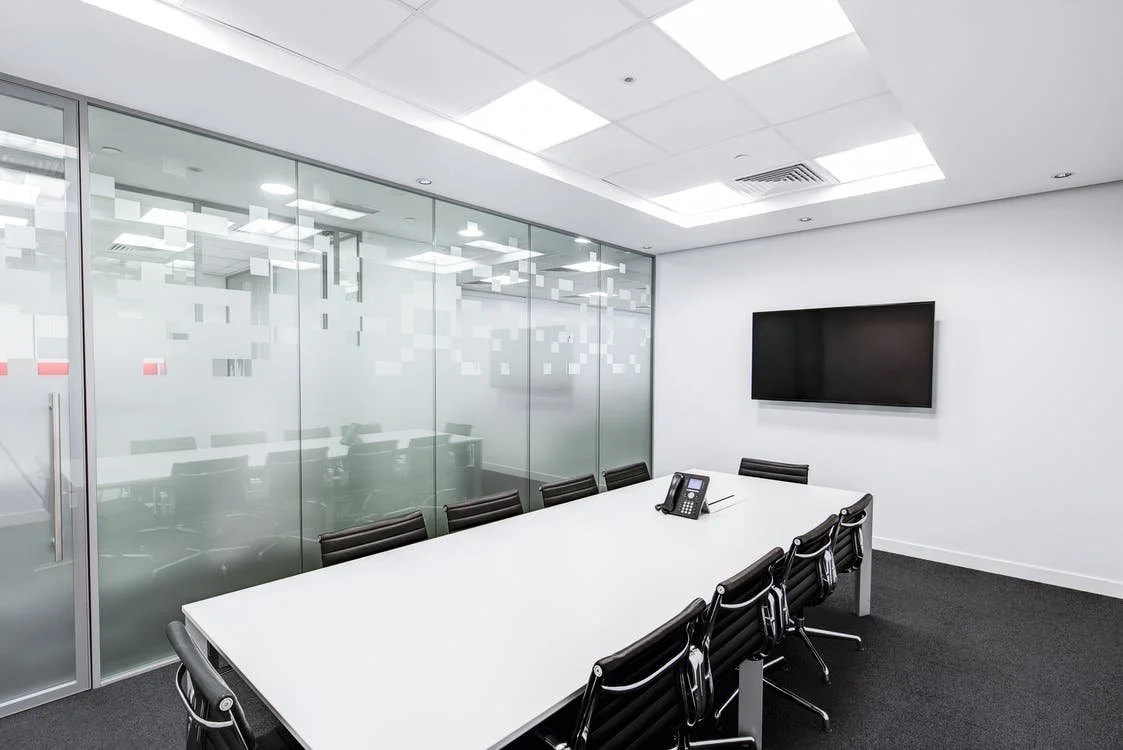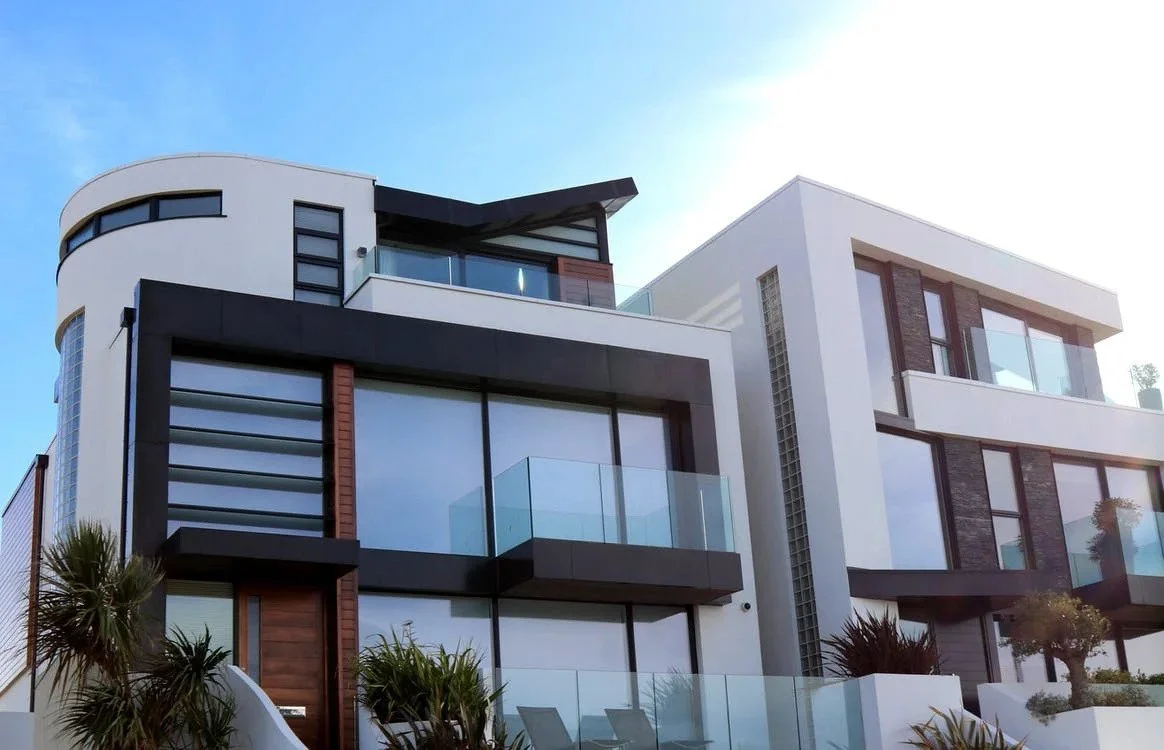Important Considerations When Designing Commercial Buildings
We partnered with a furniture company for this post. The opinions in the post are honest. All reviews and opinions expressed in this post are based on our personal views. We are excited because we know you will love it.
Commercial buildings account for a significant portion of the global infrastructure, with the best ones sticking with us and continuing to inspire us to this day. But as trends and priorities continue to evolve over the years, building designs and features tend to follow. Nowadays, simply creating a striking, memorable, and influential design isn’t enough; the building has to serve a practical purpose and cater to changing client needs as well. With that in mind, here are some of the most important considerations all architects should have in mind when designing commercial buildings:
Energy efficiency
As the world becomes more mindful of the environment, commercial buildings are expected to reflect the same tendencies. In most cases, this means designing for energy efficiency with better exteriors that provide good insulation, offer fire resistance, enable soundproofing, increase the strength of the structure, and minimize overall maintenance costs. However, additional features such as high-efficiency HVAC systems and the use of solar panels are appreciated as well. It also seems like the LEED certification has become the norm for commercial buildings attempting to cater to greener, more eco-conscious clients.
Maximizing sunlight
The demand for energy efficiency and environmentally-friendly solutions combined with the practical purpose of commercial buildings also means that natural lighting is highly valued in these spaces. Sunlight reduces lighting costs and thus minimizes overall energy consumption while lifting the mood, boosting energy and focus, and enabling optimal work. Increasing the amount of natural light is a key consideration for modern commercial spaces, but sunlight alone might not be enough. The addition of smart glass that can be tinted or glazed to control temperatures, reduce brightness, and eliminate glare might be equally as important.
Waste management
Although often overlooked, waste management is another crucial aspect that should be considered during the design stage, especially as the need for eco-friendly solutions increases. Clients are now demanding better waste systems all around the world, but especially in countries such as Australia. Here, implementing a robust and efficient waste chute from Melbourne and utilizing commercial outdoor trash cans has become the norm for commercial buildings. These highly technological solutions are convenient and easy to use, helping to improve safety and hygiene in commercial spaces while satisfying the rising need for better waste management. These highly technological solutions are convenient and easy to use, helping to improve safety and hygiene in commercial spaces while satisfying the rising need for better waste management.
Collaborative spaces
Across the US, on the other hand, the collaborative work trend is gaining more popularity, and building design isn’t immune to this tendency either. Nowadays, commercial buildings have to support collaboration through open and inviting areas where employees can freely communicate and share ideas. For that reason, local architects tend to include open spaces where casual seating can be placed in their designs. These areas tend to have plenty of natural light, sound-inhibiting materials, and inviting interior design that gives workers an informal place to meet, relax, and work together on important projects.
Higher flexibility
Along with collaboration, the need for flexibility is also increasing, particularly in terms of work environments that allow for different work zones within a shared space. Some employees prefer privacy, others like working in an open office environment, while many might enjoy a combination of both. Flexible workspaces that cater to both individual offices and open floor plans tend to be the ideal compromise that might even help to boost employee productivity. Meetings and collaborative projects can be held in the common areas while more sensitive tasks can be performed away from all the hustle and bustle.
Great surroundings
A vital consideration for commercial building design is also whether buildings should stand out or blend in with their surroundings. For commercial spaces attempting to maintain an established style or attract new customers, striking design features might be advantageous. However, designing buildings in line with their surroundings may be a better solution overall. Natural materials can aid in environmental friendliness, subtle accents can lead to unique facades without becoming obtrusive, and the utilization of the available outdoor space can provide plenty of benefits to the overall work environment in the commercial building.
Evidently, commercial building design trends and tendencies tend to evolve along with societal changes. The considerations mentioned above are just some of the most important aspects architects should have in mind when attempting to meet the needs of their clients.





